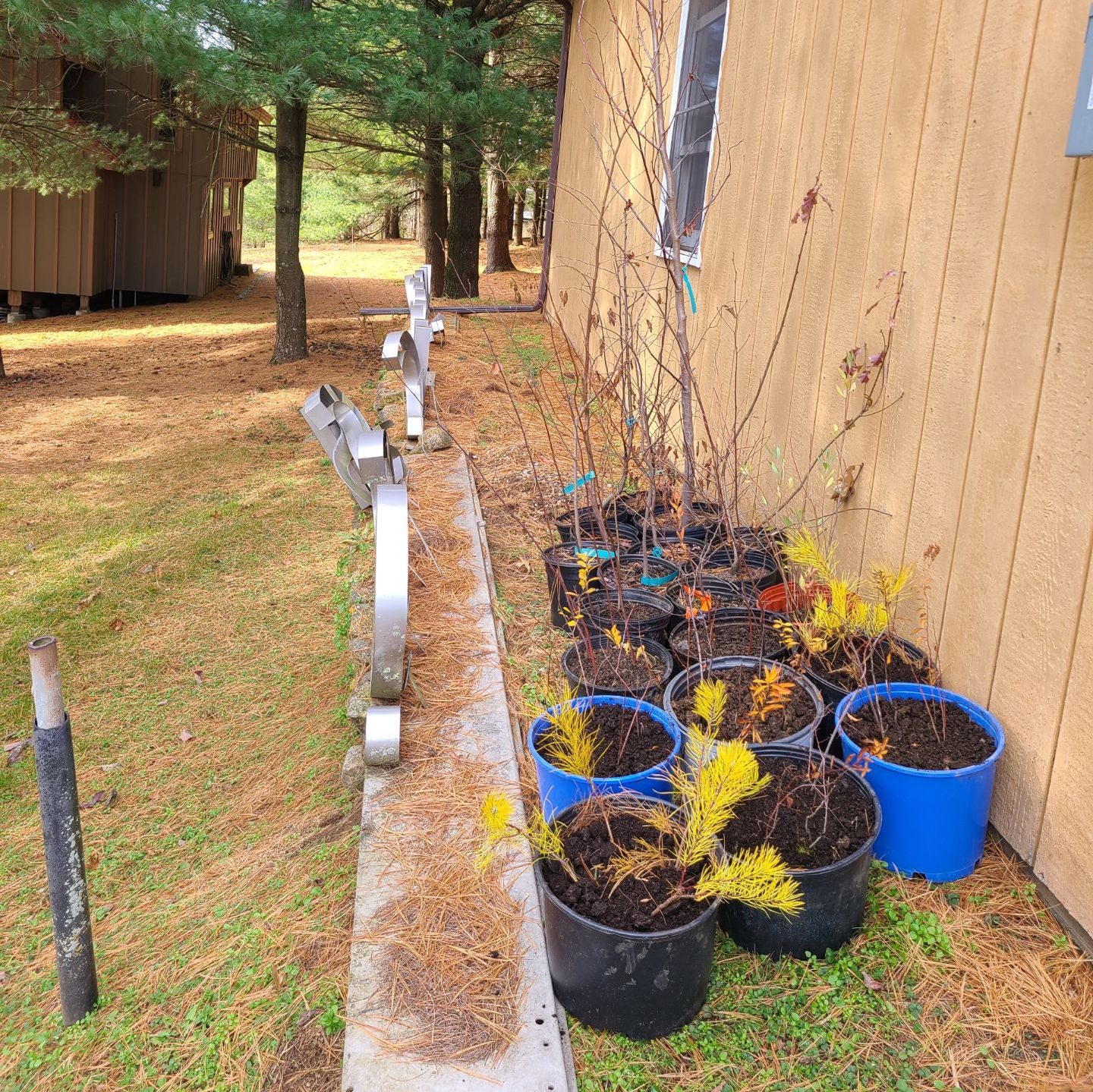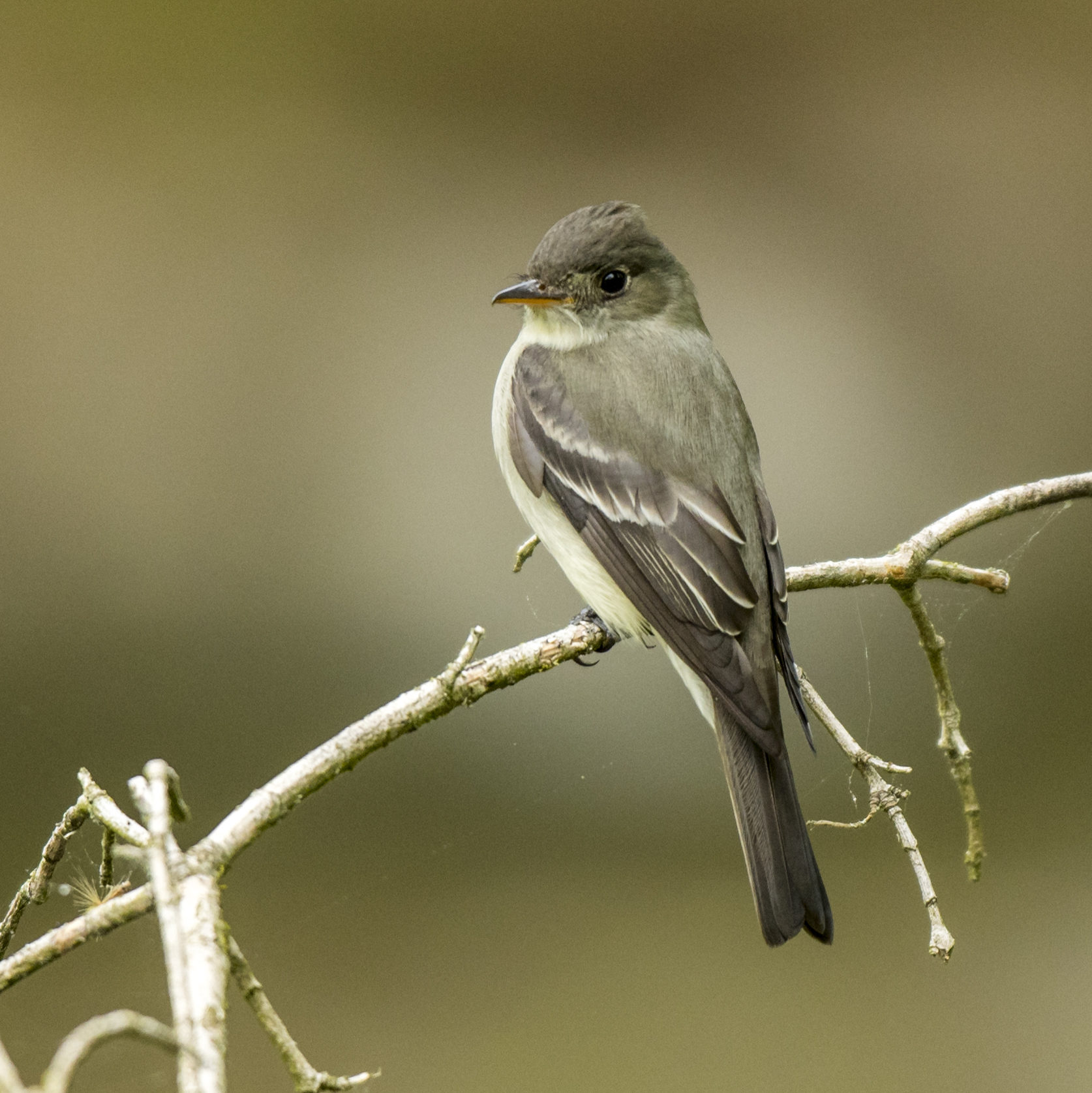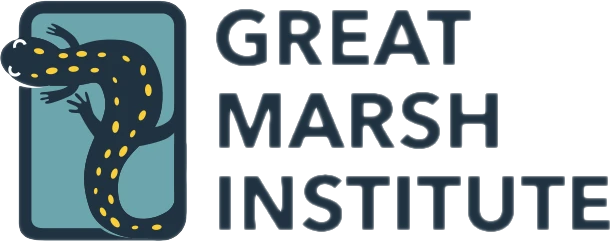Projects at the Great Marsh



Eastern Towhees
While Eastern Towhees are still common and widespread, their population trends in the Northeast, where they are listed as a Species of Greatest Conservation Need, are alarming.
Led by researcher, Shelly Eshleman, this project began in 2022 and will continue until 2024.
Read more about the project here.
Native Plants
One of GMI’s most recent projects has been adding native plants to the property. Thanks to the Penn State Master Watershed Program and Pineland Nursery of NJ, we were able to add the following plants in December of 2021:
-Groundseltree (baccharis halimifolia)
-Yellow Birch (betula alleghaniensis)
-Gray Birch (betula populifolia)
-Hornbeam (carpinus caroliniana)
-Hackbeam (celtis occidentalis)
-Buttonbush (cephalanthus occidentalis)
-Persimmon (diospyros virginiana)
-Sweetgum (liquidambar styraciflua)
-Pitch Pine (pinus rigida)
-Scarlet Oak (quercus coccinea)
-Meadowsweet (spiraea latifolia)
MOTUS
Understanding the movement of migratory animals is an integral part of preserving them in a rapidly changing world. One of our ongoing research efforts at the Great Marsh has been implementing the Motus Wildlife Tracking System (MOTUS). Data collected through our test tags and antenna systems allows researchers to understand migratory species with greater efficiency and precision, thus allowing for greater protection of these species.
